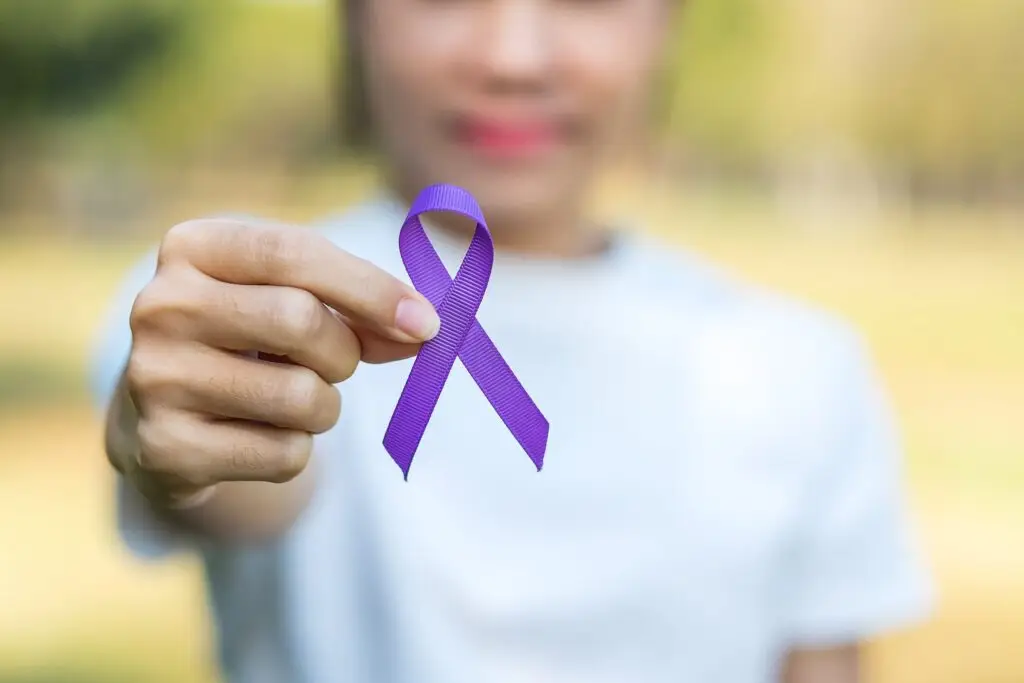Pancreatic cancer remains one of the most challenging and devastating forms of cancer, often diagnosed at an advanced stage with limited treatment options. The pancreas, an important organ behind the stomach, helps with digestion and regulates blood sugar. When pancreatic cancer strikes, its stealthy progression often leads to late-stage diagnosis, contributing to its high mortality rate. However, beyond its isolated impact on the pancreas, emerging research suggests a profound connection between pancreatic cancer and other health conditions.
In this blog, we’ll explore the connections between various aspects of health with a focus on relationships related to pancreatic cancer and highlighting the crucial role of holistic well-being.
The Complexity of Pancreatic Cancer
Pancreatic cancer, characterized by the uncontrolled growth of cells in the pancreas, poses significant challenges due to its aggressive nature. The pancreas itself is a multifunctional organ, contributing to both the endocrine and exocrine systems. As pancreatic cancer progresses, its impact extends beyond the organ, influencing overall bodily functions.
Pancreatic cancer poses a unique set of challenges due to its asymptomatic nature in its early stages. Symptoms may not manifest until the disease has advanced, making early detection a considerable challenge. The limited treatment options make it even more challenging to manage this formidable adversary. Understanding the complexity of pancreatic cancer is essential to appreciate the broader impact it can have on the body.
Beyond The Pancreas: Understanding The Connections
To understand how pancreatic cancer affects everything around it, it is crucial to understand the pancreas’s normal functions and its role in maintaining homeostasis. The pancreas secretes enzymes essential for digestion and regulates blood sugar levels through insulin production. When cancer disrupts these functions, it sets off a cascade of effects throughout the body.
Recent studies have uncovered connections between pancreatic cancer and various health conditions, exploring how things work inside the body. As we explore, we want to uncover connections beyond the pancreas, showing the importance of understanding overall health.
The challenge in managing pancreatic cancer lies in its late-stage diagnoses, often when the cancer has metastasized. At this advanced stage, treatment options are limited and the prognosis becomes more daunting. Exploring the impact on overall health requires acknowledging the consequences of late-stage interventions.
Common Health Conditions Linked to Pancreatic Cancer
Beyond its direct consequences, pancreatic cancer exhibits connections with other health conditions, creating a complex network of influences. Diabetes, chronic pancreatitis and obesity are important parts of this interconnected web.
- Diabetes: The link between diabetes and pancreatic cancer goes beyond a simple association. Not only does diabetes increase the risk of developing pancreatic cancer, but the cancer itself can induce diabetes through its impact on insulin-producing cells. This bidirectional relationship highlights the complex dynamics in action.
Recognizing the bidirectional nature of the relationship between pancreatic cancer and associated health conditions is essential. Diabetes can both contribute to and result from pancreatic cancer, emphasizing the need for a detailed understanding of these complex interactions.
- Chronic Pancreatitis: Chronic inflammation of the pancreas, known as pancreatitis, serves as a precursor to pancreatic cancer. The prolonged inflammatory state creates an environment conducive to cancer development, emphasizing the importance of addressing inflammation in holistic health approaches.
The coexistence of health conditions can exacerbate the risk and progression of pancreatic cancer. Individuals with a history of diabetes or chronic pancreatitis may require vigilant monitoring and early intervention to address potential cancer development. This interconnectedness amplifies the importance of holistic health strategies.
- Obesity: Obesity, recognized as a risk factor for various cancers, including pancreatic cancer, involves many different factors interacting with each other. Excess adipose tissue, inflammation and insulin resistance contribute to the heightened risk, illustrating the need for holistic interventions to address these interconnected issues.
Holistic Health
Holistic health transcends the conventional approach of treating isolated symptoms. It involves considering the interconnectedness of physical, mental and emotional well-being, recognizing that the body functions as a complex and integrated system.
Adopting a holistic approach is particularly relevant in pancreatic cancer and associated health conditions. By addressing lifestyle factors, mental health and overall wellness, individuals can enhance and strengthen their ability to cope and reduce the risk of developing or exacerbating health issues.
Pancreatic cancer affects more than just the body, affecting mental and emotional well-being. The stress and emotional toll of dealing with a cancer diagnosis require holistic interventions to support individuals in many ways.
Lifestyle Choices and Their Impact
- Unhealthy Lifestyle Choices: Smoking and excessive alcohol consumption are known risk factors for pancreatic cancer. By making informed choices, individuals can significantly reduce their risk and contribute to their overall health.
- Importance of Regular Check-Ups: Routine health check-ups provide an opportunity for early detection and intervention. Individuals with a family history of pancreatic cancer or predisposing health conditions should be particularly vigilant, emphasizing the significance of proactive healthcare and screening.
- Expert Perspectives: Engaging with the perspectives of medical professionals provides a deeper understanding of the link between pancreatic cancer and overall health. Expert insights guide individuals in adopting evidence-based holistic approaches to enhance their well-being.
- Recommendations for a Holistic Approach: Healthcare experts can offer practical recommendations for integrating holistic health strategies into daily life. These recommendations serve as a roadmap for individuals seeking to proactively manage their health.
The Role of Pancreatic Cancer Early Detection
Early detection remains a critical factor in managing pancreatic cancer. Regular screenings, particularly for individuals with predisposing health conditions, can lead to early intervention and improved outcomes.
Adopting a proactive approach to health through lifestyle modifications, regular check-ups and awareness of risk factors can contribute to the prevention of pancreatic cancer and associated health conditions.
Pancreatic Cancer and Early Detection
TrovaNow in collaboration with the PRECEDE consortium, offers innovative tools and resources for early detection. These initiatives empower individuals to stay vigilant and proactive in safeguarding their health. TrovaNow and the PRECEDE Consortium are working hard to develop tools for early detection that will help to increase the survival rate for pancreatic cancer.
Remember that pancreatic cancer is connected to overall health. It’s important to see the big picture and take charge of your well-being. Choose wisely, reduce risks and stay healthy.
Hope for the future starts with you. With more research and funding, fewer lives will be taken. Join us in our mission to advance the detection and treatment of pancreatic cancer.





